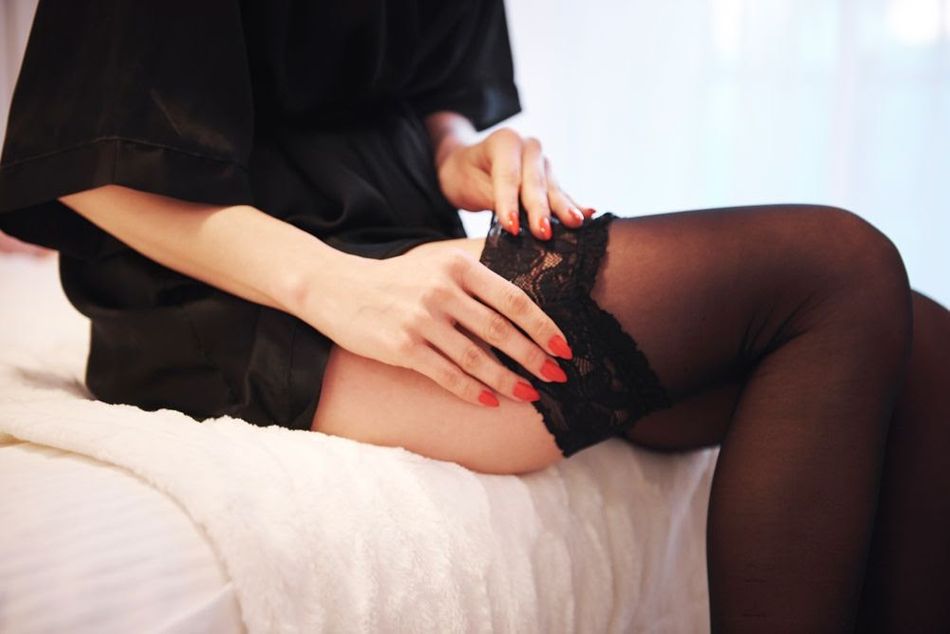People wear best hold-ups for various reasons, including comfort, improved athletic performance, and the prevention of major medical issues.
In a nutshell, they help to increase blood flow. They may help to relieve leg pain and swelling. They can also aid in preventing deep vein thrombosis (DVT), a type of blood clot, and other circulatory issues.
They have various sizes and strengths, so you and your doctor must decide which option is best.
So, what exactly are these things?
Table of Contents
Best hold-ups are a type of sock meant to fit snugly around your leg and gently squeeze it. Graduated compression or pressure hold-ups are tighter around the ankle and looser up the leg. The tube portion of compression sleeves is missing, as is the foot.
They’re available over-the-counter, but if your doctor prescribes them, your insurance might cover the cost. They’re available via medical supply companies, internet pharmacies, and a variety of pharmacy stores. They can cost anything from $10 to $100 for each pair, depending on the type you pick.
Who Makes Use of Them?
- People who have recently had surgery
- People who may have or are at risk of circulatory issues such as DVT, varicose veins, or diabetes.
- Women who are pregnant
- Athletes
- Those who cannot leave their beds or have difficulty moving their legs.
What precisely are their responsibilities?
These stockings provide pressure on your legs, which helps your blood vessels function correctly. The arteries deliver oxygen-rich blood to your muscles so they can relax, allowing blood to flow smoothly. The veins receive a boost as a consequence, allowing blood to flow back to the heart.
If you don’t do hold-ups, your legs will feel fatigued and achy. They can also aid in the prevention and treatment of spider and varicose veins, as well as the reduction of edoema in the feet and ankles. They may even keep you from feeling light-headed or dizzy when you get up. Because blood is flowing, it is more difficult for it to clot in your veins. If one develops and breaks free, it has the potential to travel through your bloodstream and lodge in a dangerous region, such as your lungs. Clots also make blood flow around them problematic, leading to edoema, skin discoloration, and other problems.
What Are the Different Types?
Socks and sleeves are available in various lengths to cover various portions of your body. Most stockings for DVT go just below the knee. However, thigh-highs and tights are also available.
They also have varying pressure levels measured in millimetres of mercury. Stockings should be snug but not suffocating. Mild compression with lower numbers is usually sufficient to keep you comfortable while working on your feet. Higher numbers and a tighter fit are required to avoid DVT.
Anti-embolism stockings, also known as thrombo-embolic deterrent (TED) hoses, are designed to keep you in bed after surgery. However, ivory hold-ups are preferable if you can stand and move around.
How to Put Them On?
Smooth the stockings against your skin to prevent clumping and keep them flat. Make sure they aren’t overly lengthy. Because the tops should not be folded or rolled down, they will become excessively tight. It might impede blood flow or cut off circulation, similar to a tourniquet.
If your doctor recommends it, you’ll probably want to wear them the most of the time. You can, however, take them off while showering or bathing. Over hold-ups, socks, slippers, and shoes can be worn. To find out how often and for how long you should use them, go to your doctor.


